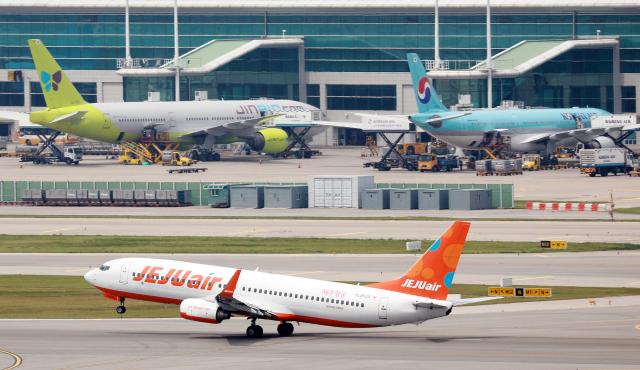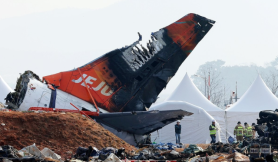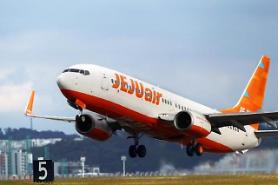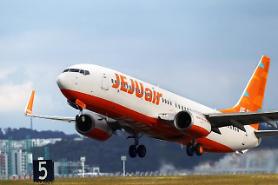
SEOUL, July 15 (AJP) - South Korea’s low-cost carriers reported disappointing results for the second quarter of 2025, as passenger numbers dipped below last year’s levels despite the start of the summer travel season.
Total traffic on budget airlines fell 2.8 percent year-on-year to 17.46 million domestic and international passengers, according to data released by the Ministry of Land, Infrastructure and Transport.
The decline comes amid ongoing fare suppression, persistent safety concerns, and softer-than-expected demand — fueled in part by viral but unfounded rumors of seismic activity in Japan, a key destination.
The subdued figures are in sharp contrast to those of South Korea’s full-service airlines.
Korean Air and Asiana Airlines posted a combined 3.2 percent increase in passenger numbers over the same period, suggesting that travelers may be opting for legacy carriers amid concerns over service and safety at budget airlines.
The gap was even wider when viewed over the first half of the year. While Korea’s two flagship carriers saw passenger growth of 3.8 percent, the collective total for low-cost carriers declined by 5.4 percent.
Jeju Air is expected to report a second-quarter operating loss of 39.9 billion won, widening from a 32.6 billion won shortfall in the first quarter, according to estimates from market tracker FnGuide.
Jin Air, which had posted an operating profit of 58.3 billion won earlier in the year, is now forecast to swing to a 5.1 billion won loss. T’way Air is projected to remain in negative territory, with an estimated 41.5 billion won operating loss.
Analysts point to the aftermath of a runway overrun at Muan International Airport late last year as a key factor behind the financial strain.
In the wake of the incident, low-cost carriers slashed ticket prices to rebuild demand — but those fare cuts have since become entrenched, making it difficult to restore profitability even during the typically robust summer period.
“In the process of recovering from the Muan Airport incident, low-cost carriers significantly lowered their fares, and those price cuts have since become entrenched — preventing them from regaining profitability even during the peak season,” said Choi Go-un, an analyst at Korea Investment & Securities.
Currency fluctuations are adding to the strain. Budget airlines remain heavily exposed to a strong U.S. dollar, which affects core costs such as aircraft leases, fuel, maintenance, and insurance — all typically paid in dollars.
“For some carriers, the underlying demand base is starting to weaken,” Choi added, warning that the mounting financial pressure could prompt some airlines to pursue capital raises through rights offerings in the second half of the year.
Copyright ⓒ Aju Press All rights reserved.




View more comments